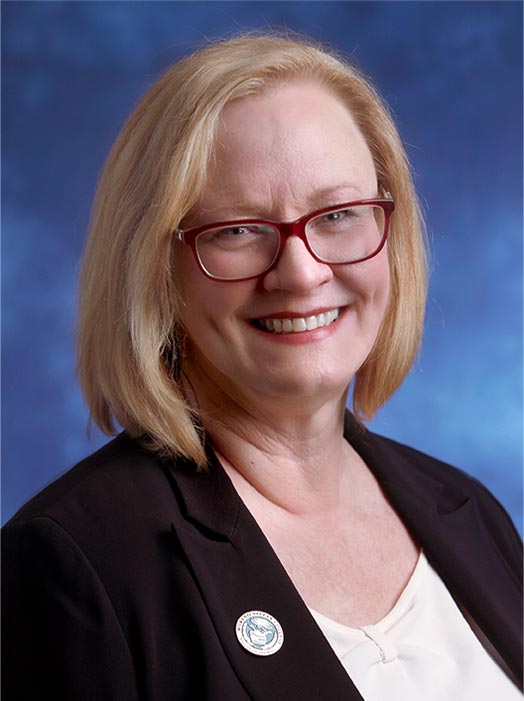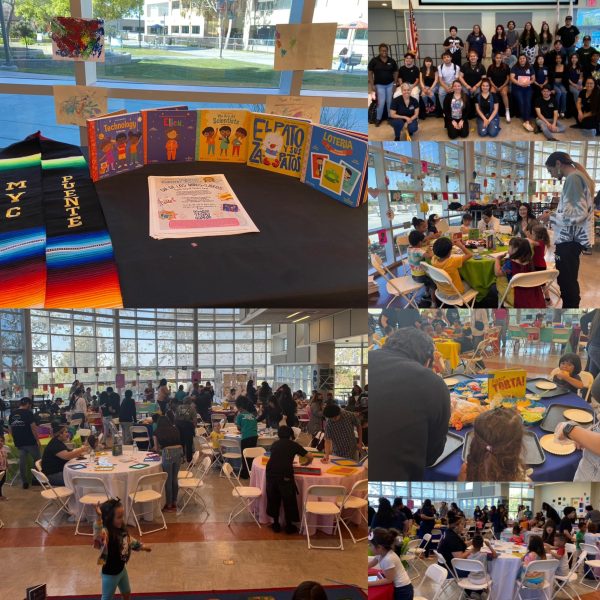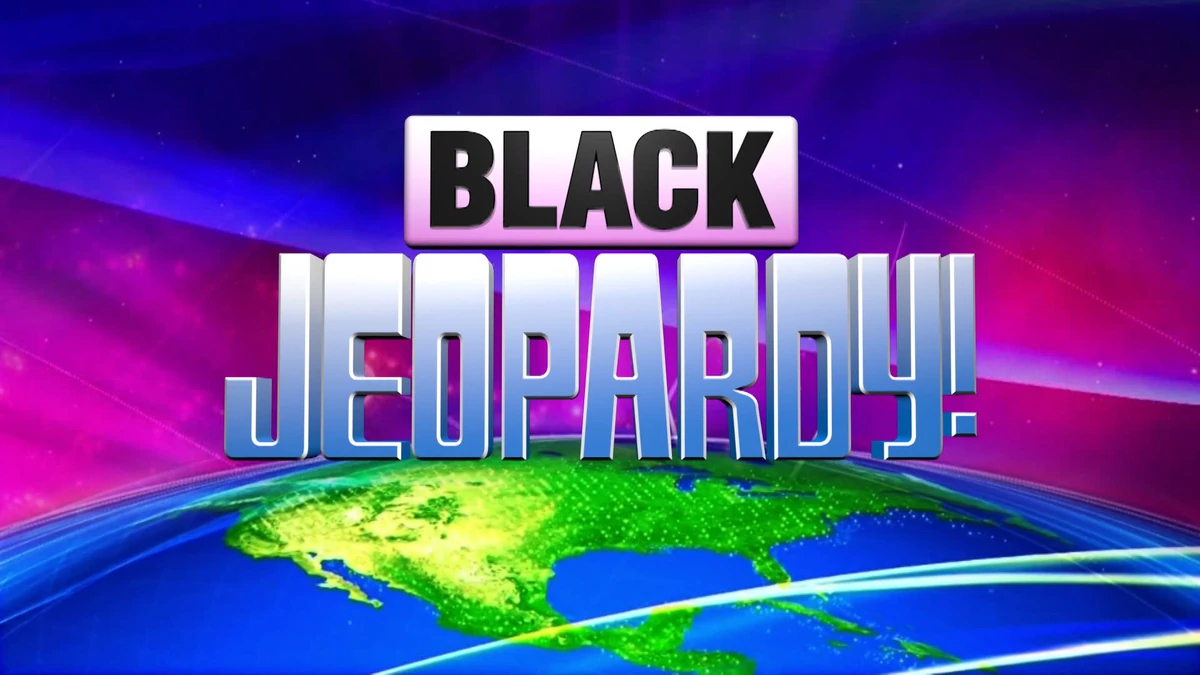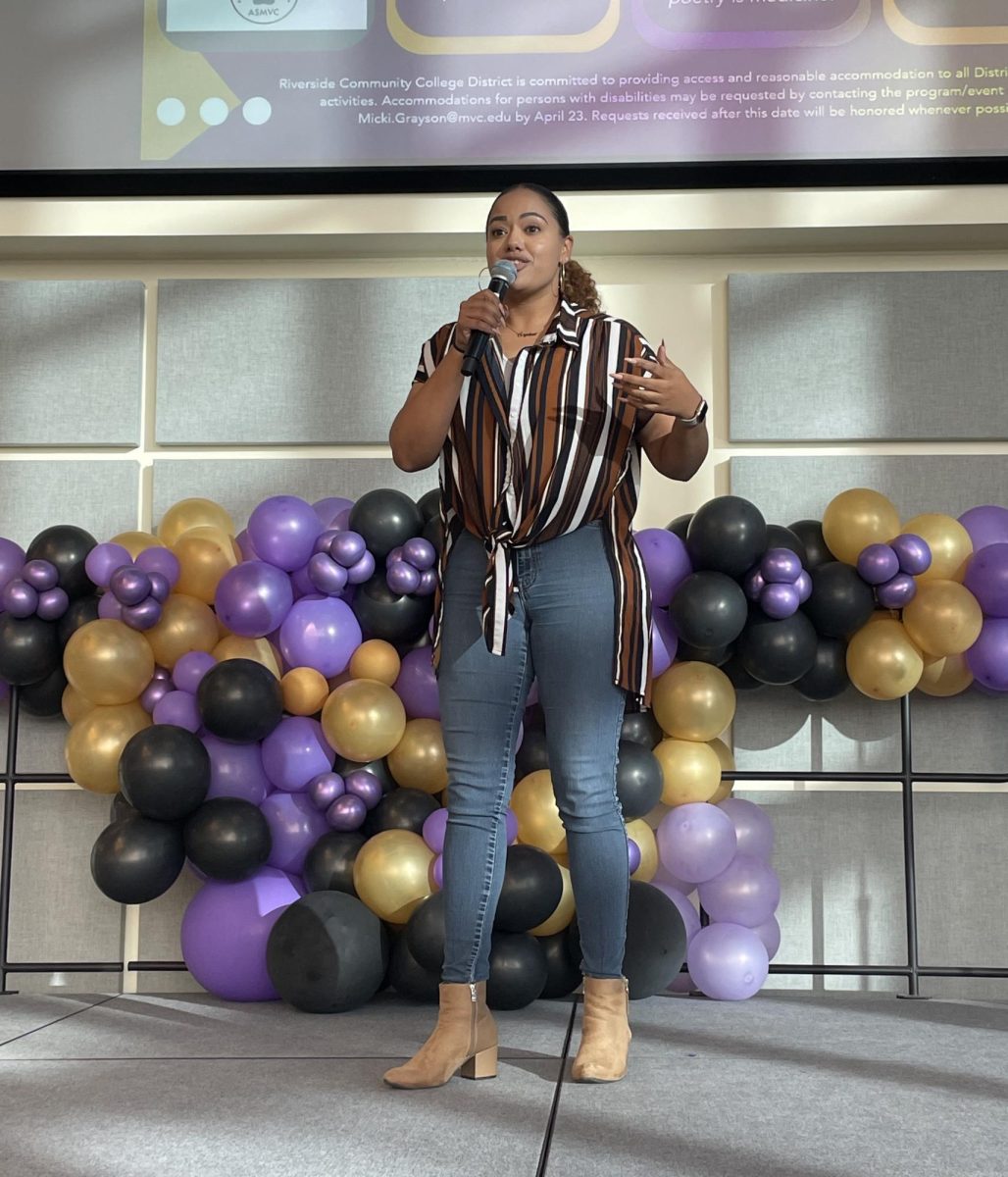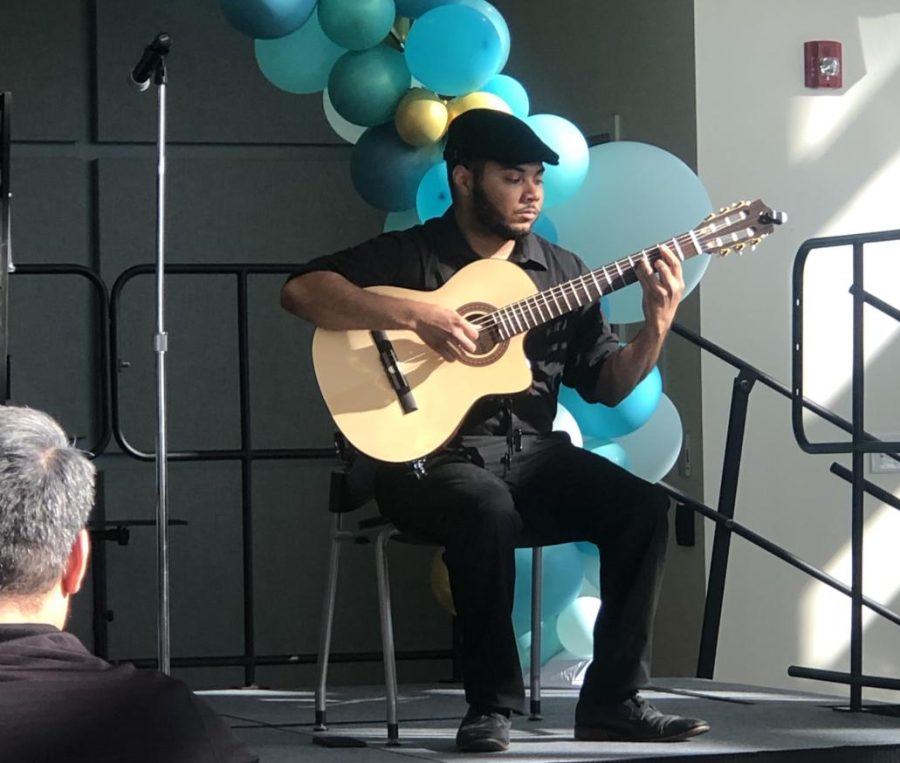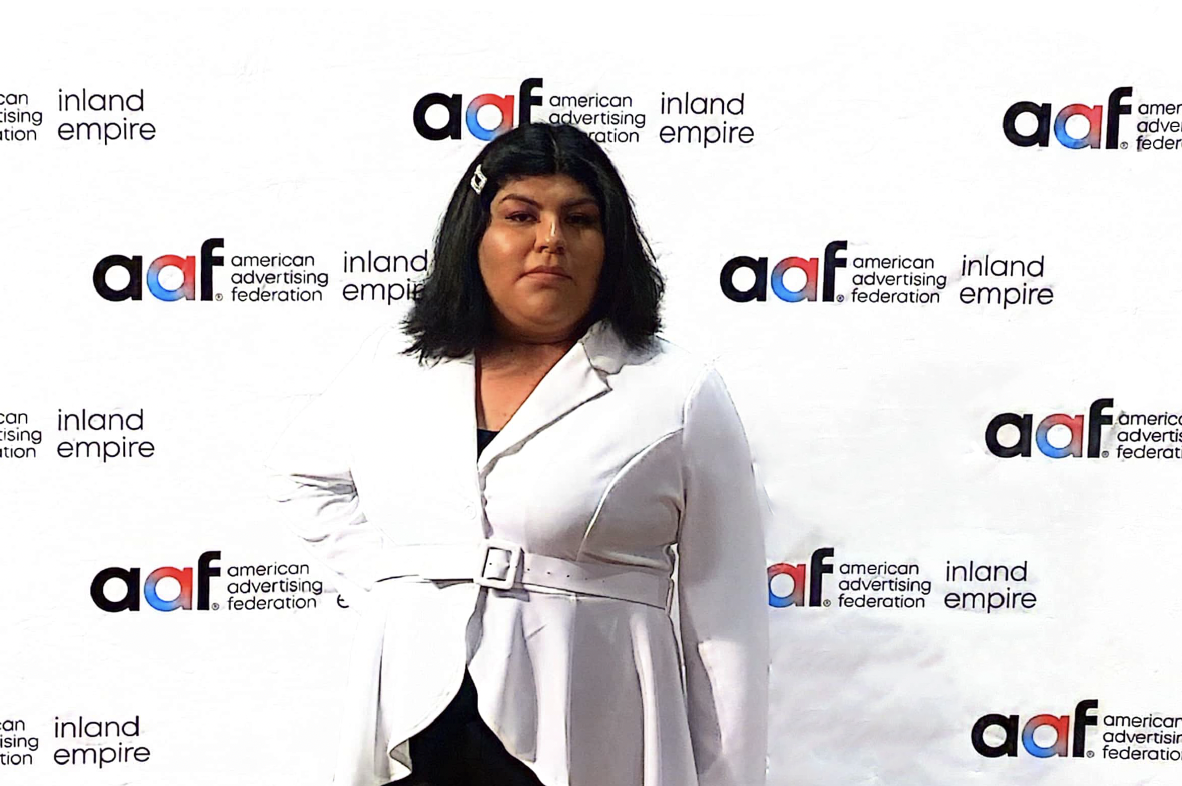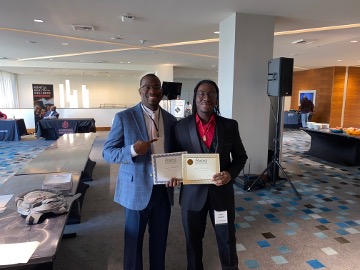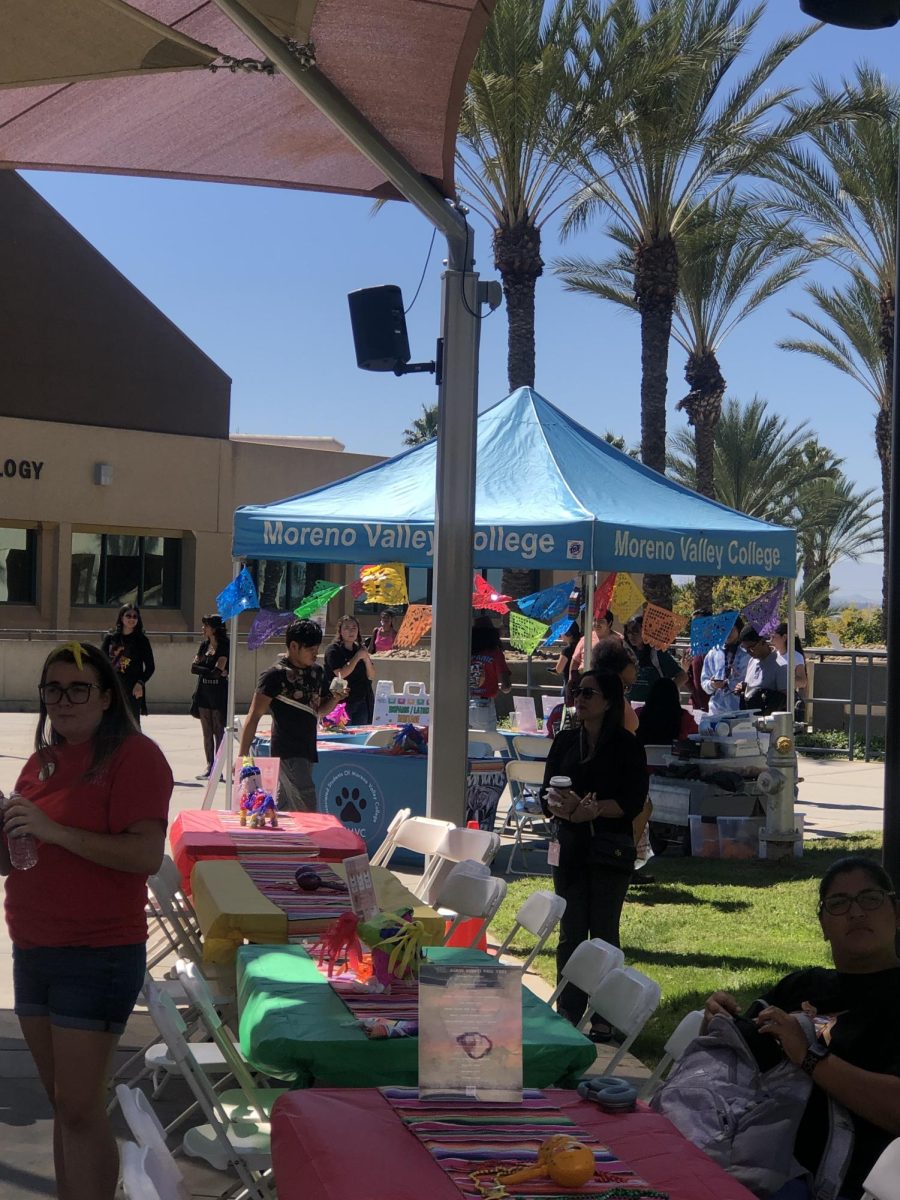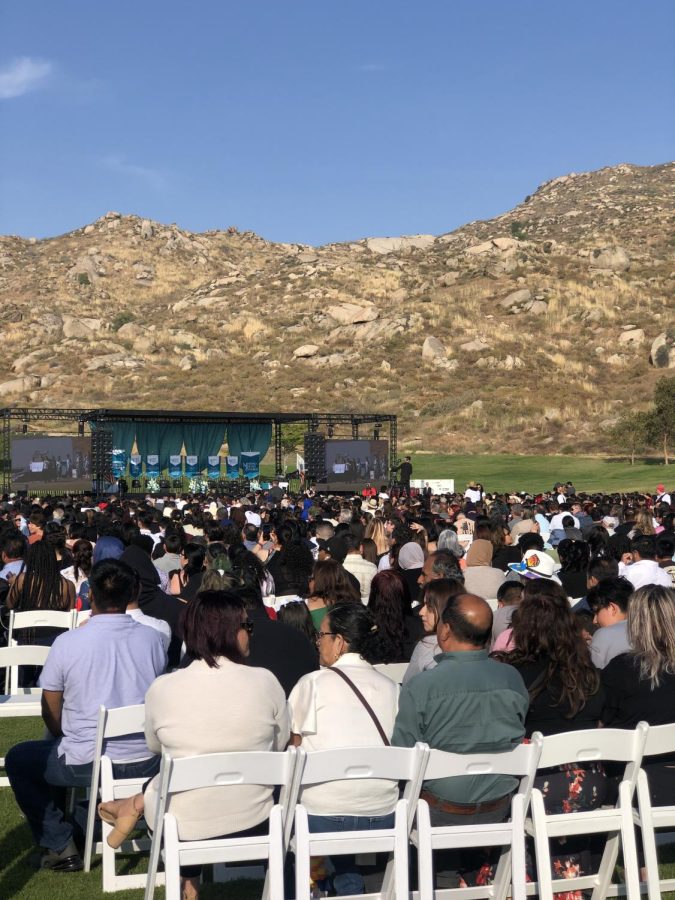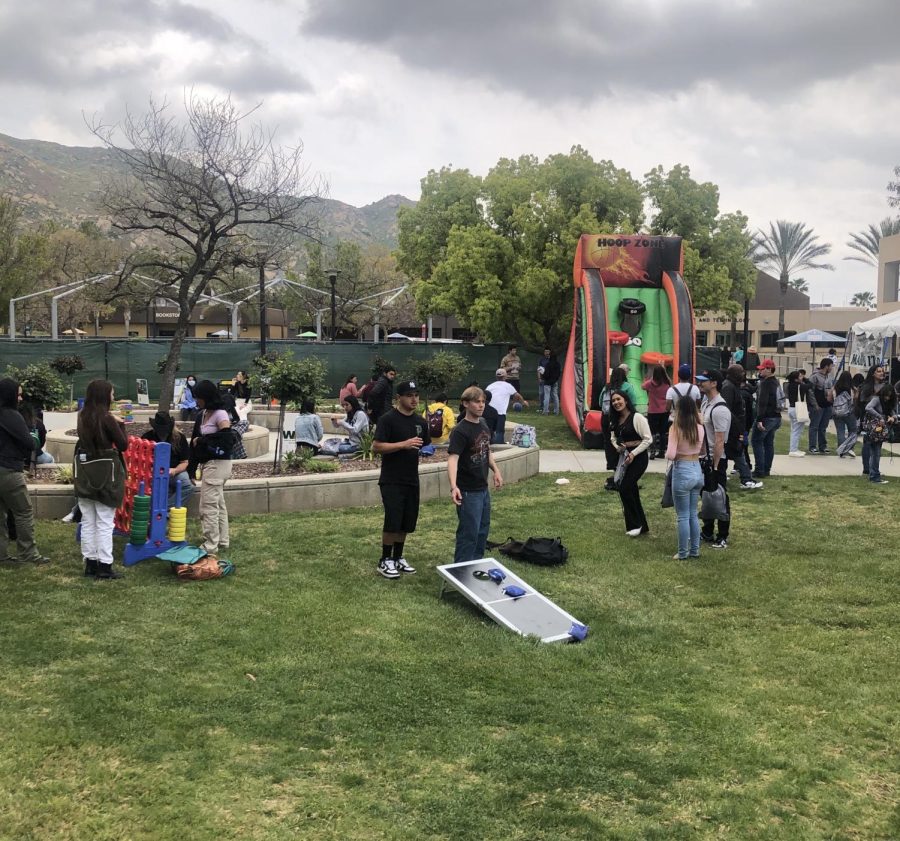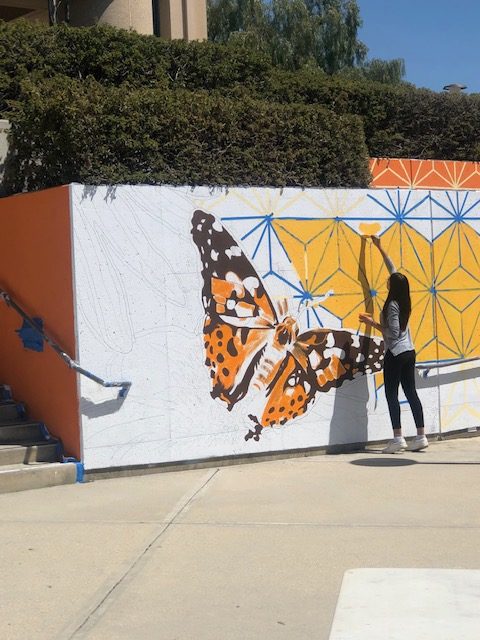Moreno Valley College hopes to ease student financial burdens with Zero Textbook Cost Program
April 6, 2023
For many students one obstacle affecting academic progress is the persistent high cost of textbooks. The Zero Textbook Course (ZTC) Program may offer those who need it some welcomed relief.
MVC offers an Open Education Resources (OER) program that many students are not aware of. As of now less than 28% of courses are participating in the ZTC program. ZTC is a program that provides students access to courses that do not require payment of textbooks. In which case any course that is part of this program has a textbook free of charge or may require no textbook at all. This program is dedicated to easing the financial strain of textbook expenses and fostering a more welcoming learning atmosphere.
As established by the finances of library equipment and subscription databases, students can access OER anytime and anywhere. Course instructors can also use a variety of platforms to develop courses that are free for students to take. These platforms can include Open Access, Creative Commons, and public domain content, as well as other items that are held by or licensed by the library.
Of course, there are benefits and drawbacks to adopting OER in the classroom, just like with any other educational resource. Some common concerns include technological issues, quality of the online books, language barriers and professors willingness to adapt the new program. Not all courses are recommended, but the majority can benefit from implementing OER materials. The state sponsored program ensures OER content is free high-quality material that has undergone thorough review and editing. This accommodates a multitude of different learning functions such as visual, verbal, and hands on learning adaptions.
“We are trying to create a more inclusive learning environment, but we have not promoted ZTC at all to students. If you took one of my classes, I promise you would leave knowing how to find the ZTC class and what they are–but does everyone take a computer class? No. So you know my reach is super limited,” said Angela Thomas, Moreno Valley College Associate Professor.
One out of every four students have encountered ZTC, though they might not be aware of the programs’ formal name. “College language and state language is where the term ZTC is most used, however, in student language, the questions they simply ask is, do you have a free textbook? Or have you ever taken a course with a free textbook? It’s possible that they weren’t even aware that their textbook was a component of ZTC,” Thomas added.
ZTC allows for courses to be modified in a way that best fits the learning objectives of the course and offers multimedia content like videos that can be used in combination with text. Instructors can include OER into their methods of instruction and have the academic freedom to select the materials they want to use in their classes. Information presented in a variety of platforms and formats make it easier for students to understand what is being taught.
Even though “no textbook cost” indicates that students have no out-of-pocket expenses for course materials, free for the students does not always mean free for the institution. “We volunteer our time; it takes hours and hours of work,” Thomas said. “There’s this community, we love what we do but it’s about time we start to see some money for the work that that we’re doing for free, and I do hope students appreciate it.”
MVC also hopes to introduce new ZTC degrees and certificates soon. MVC’s Academic Senate is currently close to announcing that MVC will offer at least five ZTC certificates and three ZTC degrees. Plans are also in the works to hire an OER librarian who will promote free textbook cost student programs, bringing direct student awareness to campus.
Students can find ZTC courses on the RCCD Web Advisor on the Registration Tab, under Search for classes where ZTC will display near the classroom capacity section.
